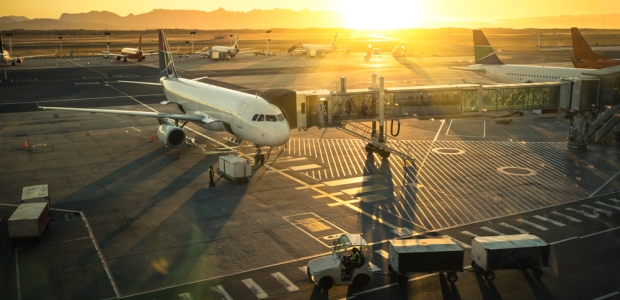
Solutions for Airports' Emissions
Those living within the nine square miles surrounding an airport are exposed to higher levels of airborne toxins.
As President Obama and Chinese President Xi Jinping work together to forge a plan for cleaner air in U.S. and Chinese cities, it seems they have failed to recognize aviation as the leading emitter of harmful and deadly toxins like carbon monoxide, carbon dioxide, lead, volatile organic compounds (VOCs), sulfur oxides, and nitrogen oxides. Especially for those within nine square mile surrounding an airport, these toxins are being inhaled on a day-to-day basis effecting people's lungs 10 times more than those who live farther away. Furthermore each year, around 8,000 lives are claimed because of pollutants tied to low-cruising airplanes in addition to the increased 3.5 percent of cardiovascular hospital admissions within the same nine square mile zone.
So what can be done?
- Civil engineers can make runways flow more efficiently, thereby decreasing any unnecessary idle or taxi time for airplanes.
- Flight paths can be redrawn to be more direct in order to reduce low altitude emissions.
- Aviation fuel can be desulfurized.
- Old, inefficient aircraft can be retired more quickly to make way for "smarter" planes to roam the skies.
Without sufficient effort to complete these steps, the lungs of those living in our city centers will continue to inhale these harmful airborne toxins every day.
If you are interested in learning more about the dangers of deadly airport toxins, check out this infographic created by the New Jersey Institute of Technology's Masters in Civil Engineering Online degree program.